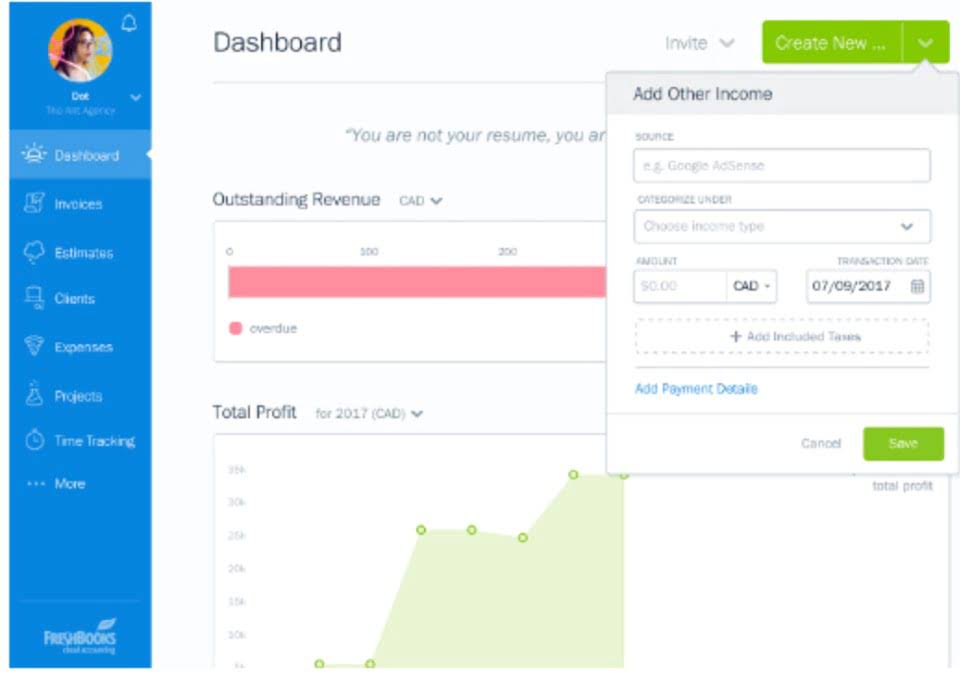
Fewer shares mean EPS rises, making the https://maistor-kz.com/massachusetts-state-income-tax-rates-and-who-pays/ stock potentially more attractive to investors. It’s important to note how outstanding shares differ from authorized and issued shares. Authorized shares are the maximum number a company can legally issue, as stated in its charter.
Weighted Average Shares Outstanding Calculator — Excel Template
- A company’s public float is often expressed as a figure or a percentage of the company’s total outstanding shares.
- Acquisitions can complicate the calculation when the acquiring company issues additional shares as part of the transaction.
- Public companies file financial reports with regulatory bodies such as the U.S.
- Generally, share buybacks increase the value of the stocks that remain outstanding because they represent a more significant stake in the business conducting the buyback.
- In other words, a company has issued shares and then bought some of the shares back, leaving a reduced number of shares that is currently outstanding.
- If you are looking to make new investments, checking a company’s outstanding shares is an easy way to make sure that your money is in the right place.
- They also do not include preferred shares, which are stocks that do not carry shareholder voting rights, but do give their owners some ownership rights and pay a fixed dividend.
The number of shares can fluctuate over time depending on the funding needs and growth trajectory of the company. You can find outstanding shares in the company’s most recent annual report found on Form 10-K or on quarterly 10-Q filings. The filings will specify the number of outstanding shares on the company’s balance sheet, which is a document that lists a company’s assets, liabilities and shareholder equity. For example, you can calculate a company’s earnings per share (EPS), a common metric used to compare companies’ performances. You can find a company’s earnings per share by dividing the company’s profit by its outstanding shares of common stock.

Stock Splits and Reverse Splits
Public companies file financial reports with regulatory bodies such as the U.S. Companies either file a 10-K (annual report) or a 10-Q (quarterly report). SEC Filing Data can get you the number in seconds, but the calculation how to find outstanding shares is easy to do yourself. To find the number of outstanding shares, subtract the stock repurchases from the total stock issued.

How to Calculate Shares Outstanding: A Step-by-Step Guide
These events often necessitate detailed analysis to reflect their impact on the share count. For instance, a stock split increases the number of shares while proportionally reducing the share price, leaving the company’s market capitalization unchanged. In such cases, the share count before the split must be adjusted to reflect the new quantity. In addition, the notes accompanying financial statements often detail shares issued and treasury shares, helping you calculate outstanding shares precisely. Earnings reports might also highlight changes in the number of outstanding shares, especially if related to recent corporate actions like buybacks or stock splits. Understanding potential sources of share dilution is crucial when learning how to find diluted shares outstanding.

How to calculate issued and outstanding shares, and why it’s important

The most important documents are the 10-K (annual report) and the 10-Q (quarterly report). The 10-K provides a comprehensive overview of the company’s performance and financial position for the entire year. The 10-Q offers a similar, though less detailed, look at the company’s performance each quarter.
- Basic shares represent the actual number of shares outstanding, while diluted shares include potential shares from convertible securities, options, or warrants.
- Outstanding shares refer to the total number of shares issued and currently held by shareholders.
- In these reports, you’ll find detailed information on everything from earnings to executive compensation, market trends, and future outlooks.
- Basic shares vs fully diluted shares are two methods that were imposed by the financial accounting standard board in 1997.
- The core idea is to figure out the net increase in shares after this hypothetical repurchase.
Company’s 10-K or 10-Q Reports
Stock buybacks, for instance, reduce the number of outstanding shares, potentially boosting the company’s earnings per share (EPS) and making each share more valuable. A reverse stock split exchanges existing shares for a proportionately smaller number of new shares. Companies may do this to increase their share price, such as if they need to satisfy exchange listing requirements or want to deter short sellers.
- With the company’s earnings of $1.2 billion, its basic EPS would be $2.40 and its diluted EPS would be $2.35.
- Most companies include copies of their annual reports on their investor relations webpages.
- The number of outstanding shares may change due to changes in the number of issued shares, as well as the change in treasury shares.
- Therefore, understanding trends in shares outstanding helps investors gauge not only current financial health but also future growth trajectories and corporate strategy.
- In this article, we will provide a step-by-step guide on how to find shares outstanding on Yahoo Finance.
- Furthermore, metrics like cash flow per share (CFPS) are also pivotal, offering additional insight into a company’s financial health and operational efficiency.
This value changes depending on whether the company wants to repurchase shares from the market or sell more of its authorized shares from within its treasury. To determine the number of shares outstanding for a specific company, you can look at the company’s latest financial statements or annual report. The number Bookkeeping for Startups of shares outstanding is usually listed in the “Capital Stock” section or the “Equity” section of these documents.

Recent Comments